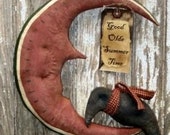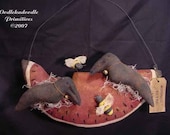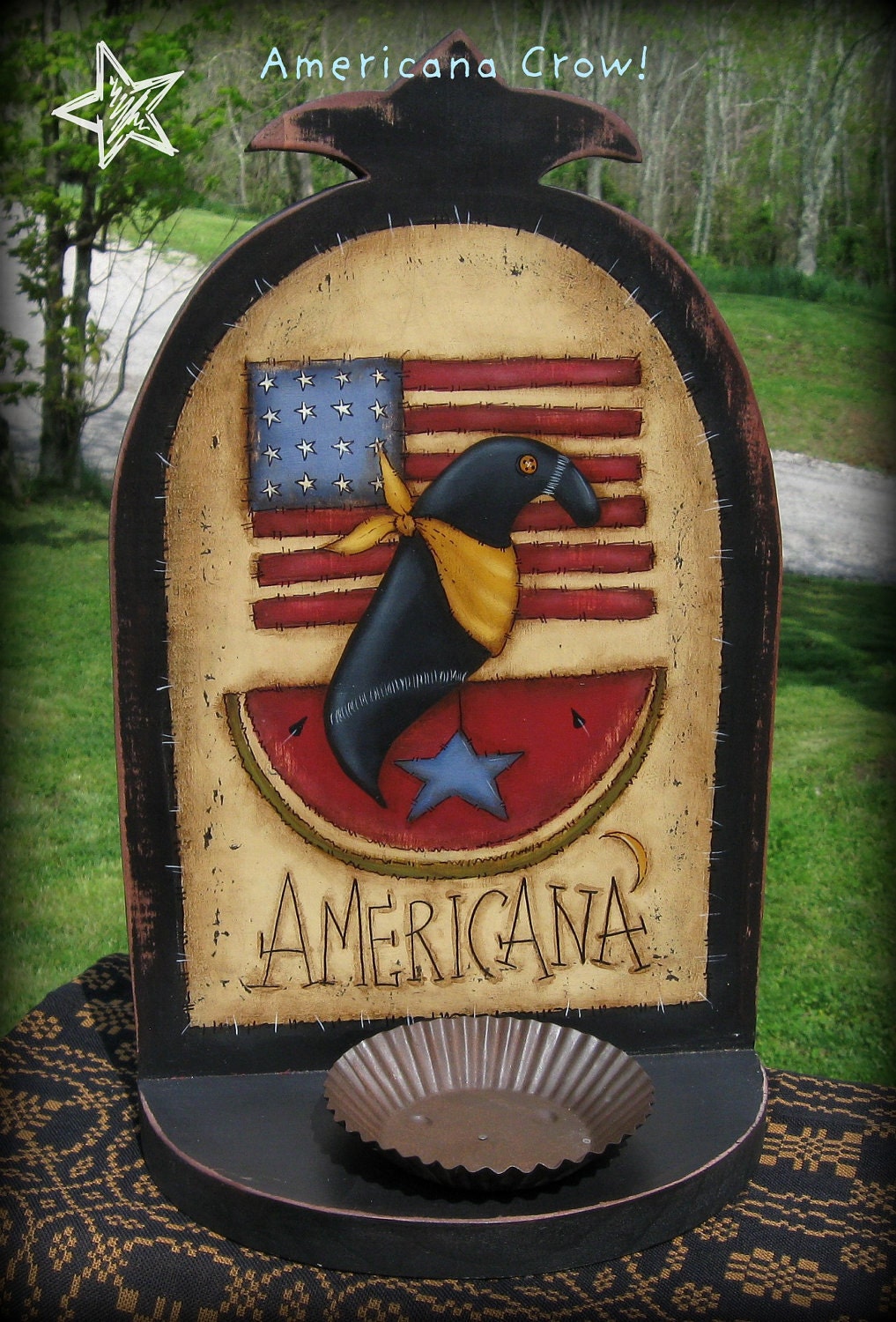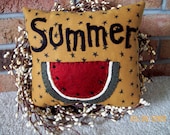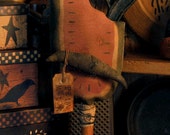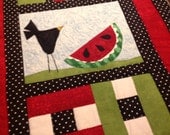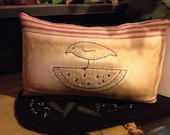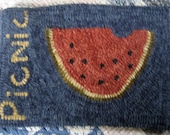I know this post has nothing to do with sewing, but I think it is
a great decorating tip. Next week I will be back to sewing.
I am in the middle of
getting ready to move. Moving is an opportunity to rearrange and redecorate. I don’t like the idea of all the packing, but
the thought of redoing some pieces of furniture to fit a new color scheme is
always fun. I am changing the color of my living room and my kitchen so I
thought this would be a great time to paint some furniture with chalk paint. I
went to a local antique store to see what
my color options were. They did not have the color I wanted and then I saw it…the
price!!! Wow it is expensive! Much more then I wanted spend. I thought I would
just use other paint, but then again, regular paint does not have that great
look that chalk paint has. I decided to look around on line to see if I could
find a less expensive solution. I found
a way to make my own chalk paint that is easy to do and gives me the same look
as the ready made kind. It also is very easy to distress. So here is how to
make it and how to use it. Enjoy!!! Mix the following to make your own chalk paint:
2 Cups Latex Paint
5 TBSP Plaster of
Paris
3 TBSP Cool Water
1 - Mix the Plaster
of Paris and cool water together in a separate bowl. (make sure the water
is cool)2 – Mix until the plaster is smooth with no lumps, kind of like pancake batter. (not like my pancake batter, mine always have lumps)
3 - Add the plaster mixture to the paint and mix.
4 - When the chalk paint dries you will begin to see a chalky look .
5 – You can add more plaster if you want a more chalky
look. It is all up to you.
6 – After your item dries you can distress it by sanding
the edges . If you want a more distressed look, paint your item black. When the
black chalk paint dries paint over it with the color of your choice. Before you
paint the second top color use petroleum jelly on spots where you don’t want
the top coat to stick. After the top coat dries wipe the piece down and the
spots where you put the petroleum jelly will wipe right off. Go over with sand
paper if you want. It gives a piece a deeply distressed look. When your piece is dry you can give the piece
an even older look by going over the entire piece with a paste wax. You can get
a wax that has a tint or you can add stain to it for an even darker look.
I hope this helps anyone who wants to get a great chalk
paint look without the big price tag.
Enjoy,
Faith









